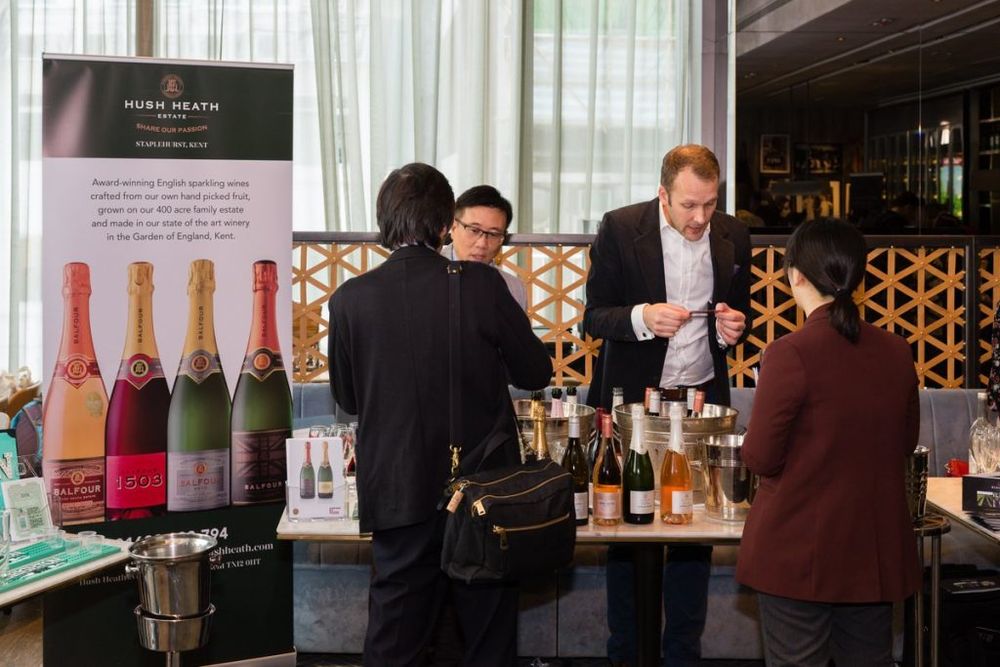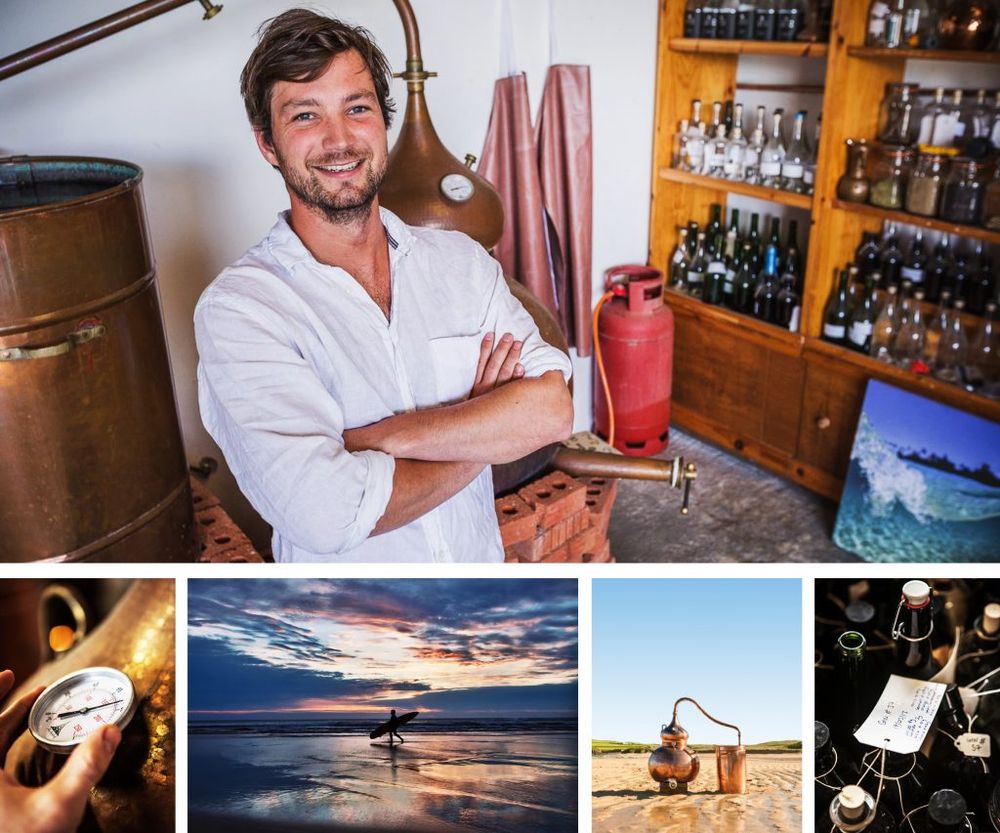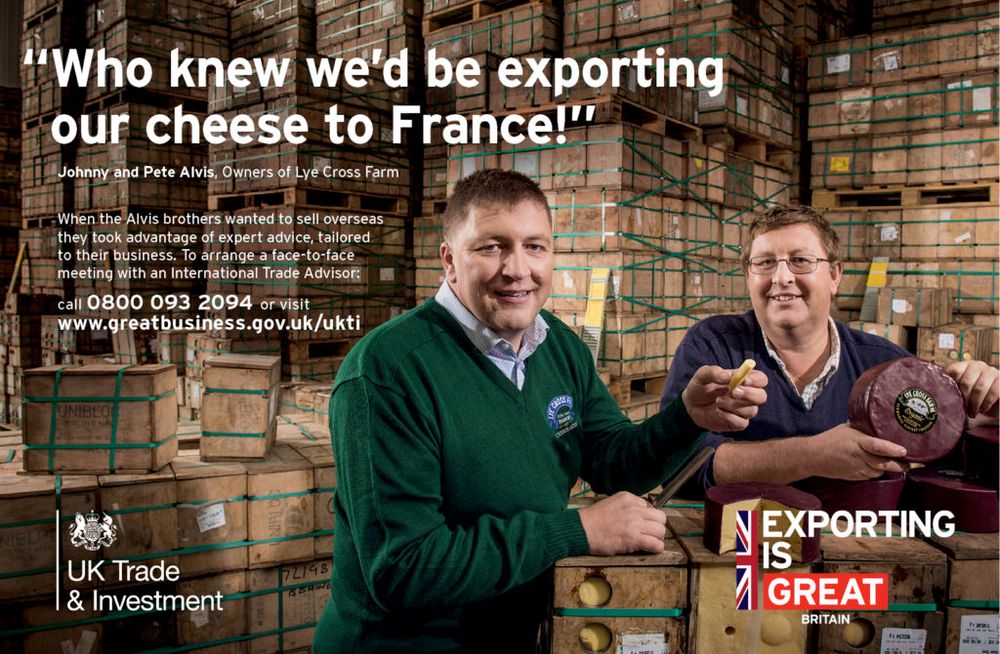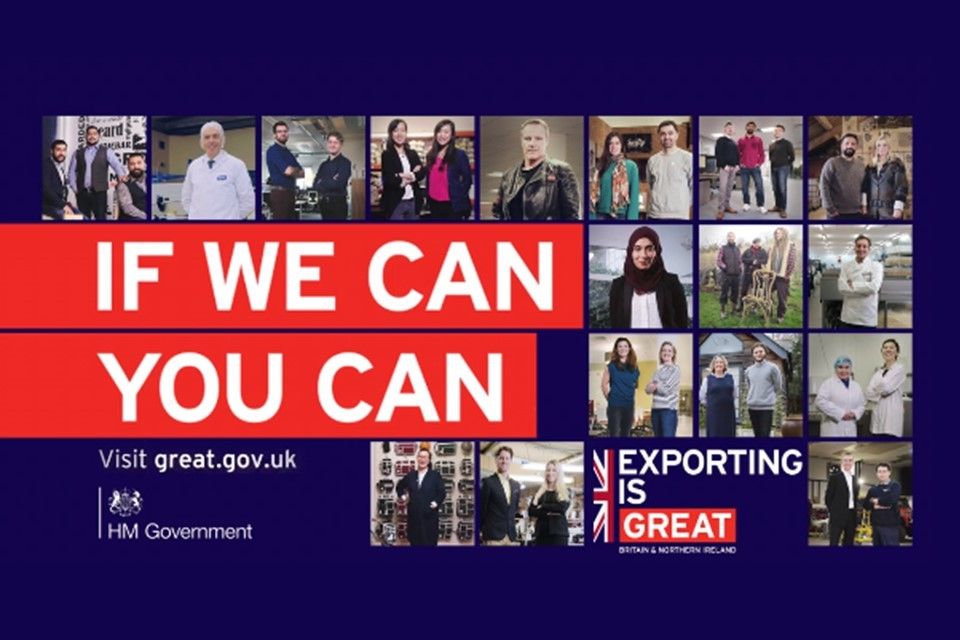It’s not just the red tape you have got to get right when looking to sell your drinks brands overseas, you have to be fully committed and be prepared for it to take years not months to get right, says Chris Briers of Tarquin Gin – voted World’s Best Gin 2017 in San Francisco World Spirits Competition.
Many entrepreneurs have established a successful domestic sales strategy and route-to-market platform. While this will remain the primary focus and a dominant share of revenue, businesses are increasingly looking abroad to secure incremental growth. Research by the Department for International Trade (DIT) found companies that export see a 34% increase in productivity within their first year of exporting and are 11% more likely to survive if doing business overseas. Meanwhile the Food and Drink Federation (FDF) shows that in 2019 exports rose by 4.3%, reaching a total of £23.6bn.

English wineries and gin distillers have been heavily involved in export events around the world in conjunction with the Wine & Spirit Trade Association and government DTI export teams, like this event in Hong Kong
Whether you’re considering international trade for the first time, or if you already have some international customers, expanding this from a small base into a sustainable strategy will require dedication.
Uncertainties regarding recovery in a post-Covid, post-Brexit world remain, but exponential opportunities for growth beyond the UK market still remain for those willing to sustain and follow a long-term strategy. Below I have outlined some of the steps to creating your own unique strategy.
You need long term thinking
It will take a long time to develop sustainable export sales, and there is no quick fix. Much like the timelines to initially set up a sales network in your local environment, careful thought, planning and long-term thinking is core to the implementation of a successful export strategy.
A desire to secure quick revenue growth following a ‘one size fits all’ approach is unlikely to yield sustainable longer-term results. Much of recent business thought and research supports the premise that companies who prioritise long-term value creation in their strategy and decision-making processes can deliver better and more stable financial performance than their peers, both in the short and longer term. When developing an export strategy, you should take a long-term view, and this should impact on every decision you make.
Make your brand work locally

Tarquin Gin has been able to take its story of an artisan gin brand made by a former chef, Tarquin Leadbetter, in Cornwall’s first distillery for over 100 years, to multiple markets around the world
At a recent workshop on International Trade from the University of Exeter one of the participants noted that “translating marketing materials may help you to be understood in a foreign market, but localisation will allow you to belong in that market”.
The familiarity of a brand in its local market may not translate into a new cultural environment. Localisation and adapting to a specific market through the understanding of local nuances and cultural values in addition to tailored messaging are the foundations for success.
Spending the time to create an international pitch and consumer messaging is vital to ensure the competitive advantages you offer as a business can be fully leveraged in a new market.
In addition, ensuring a full grip on how export practicalities will impact on your product offering and price positioning need to be carefully considered. Assuming that a successful marketing strategy in your local environment will deliver success in a foreign market is fraught with risk.
Finally ensuring the protection of your intellectual property, arguably your most important asset, in addition to liability protection, is essential.
The distribution challenge

Working with the Department of Trade Industry’s export team has been key for so many UK food and drink brands
A former chief executive challenged our sales team by saying that “making our products available, exposes us to the risk of someone buying our brands”.
Though tongue-in-cheek the statement is the foundation stone, making your products available is the overriding success measure, but needs to be balanced with the method of distribution that is the best fit for your business in order to fully leverage any competitive advantages.
You’ll need to consider whether your business plans to sell directly, through distributors, third parties or agents in each market. Initially a third-party distribution option will be the choice for most, but understanding the core strengths of each partner is vital. You’ll need to consider the best route-to-market fit, their strengths in wholesale or direct to consumer sales, ability to service on and off premise channels and the ability to facilitate e-commerce.
Operational considerations also impact on distributor selection including the obvious commercial expectations, financing and the facilitation of alcohol duties. Ensuring you have a full understanding of the routes to market and the additional margins, duties and taxes that will apply throughout the supply chain is essential, any unforeseen costs could significantly impact on the value chain.
Many distributors could well insist on a contractual agreement and some form of exclusivity, needless to say there are pros and cons that require careful consideration and importantly it should fit with your wider business vision and strategy. Once you have a grip on these operational aspects two primary approaches can be followed to expand your international reach, firstly;
Broad and shallow
A ‘broad and shallow’ approach involvesreaching out to a wide berth of distributors and target countries with the aim of securing initial availability. Some businesses may be lucky enough to be approached by an importer in a foreign country, which is likely the result of a personal connection or even wider brand awareness.

At the end of the day it comes down to how strong your brand is and how good its quality is if you are going to succeed in export
Expanding this into a wider array of countries will require a strategy driven by market research, networking, the creation of target lists, securing contact information, cold calls, sampling and trade show visits.
The UK’s Department for International Trade (DIT) has been championing this process. Ensuring you are included in their network is highly advantageous. Many businesses could also leverage the services of agents or brokers, which may be beneficial to accelerate market introductions. However, distributor fit, and country objectives need careful consideration versus solely commercial introductions.
Deep and Narrow
Another option is the ‘deep and narrow’ approach, which involvesfocussing on a few countries which offer the most potential for growth and to target them through investment, market visits, ongoing support and brand building activities.
There is no substitute for the benefits of connecting with international customers face-to-face to develop relationships and gain market insights. A dedicated sales lead or ambassador is a likely requirement to ensure focus and to drive business development across all sales channels. Most strategies will require a mixture of both approaches with investment linked to re-investment from sales revenues.
I personally have always found an initial re-investment strategy linked to a percentage of sales as a shallow strategic view. Many countries will offer exponential growth once a foothold is established, and to establish this foothold initial investment, focus and speculation is required. Commercially prioritising investment and allocating resources to secure long-term investment is always fraught with risk, but often yields the greatest rewards!
Be relentless
Finally, it’s important to be relentless in your pursuit of growing your business outside of your core market. Long-term thinking requires versatility, perseverance and continued learning. In the implementation of your export strategy there will initially be more setbacks, even failures, but successes will come, and new doors will be opened.
Being relentless in your pursuit of new sales opportunities, increasing your network, and moving from being available to actually belonging in a new market brings sustained successes and in many cases exponential to what initial expectations may have been. With long term thinking there will be wide latitude required to make things happen, but if you persevere and possess a relentless attitude the successes will come!
- Chris Briers is head of export at Southwestern Distillery. Recently ranked 29th in the Sunday Times Fast Track list of the UK’s fastest growing companies, its portfolio includes the craft gin brand, Tarquin’s Gin.































